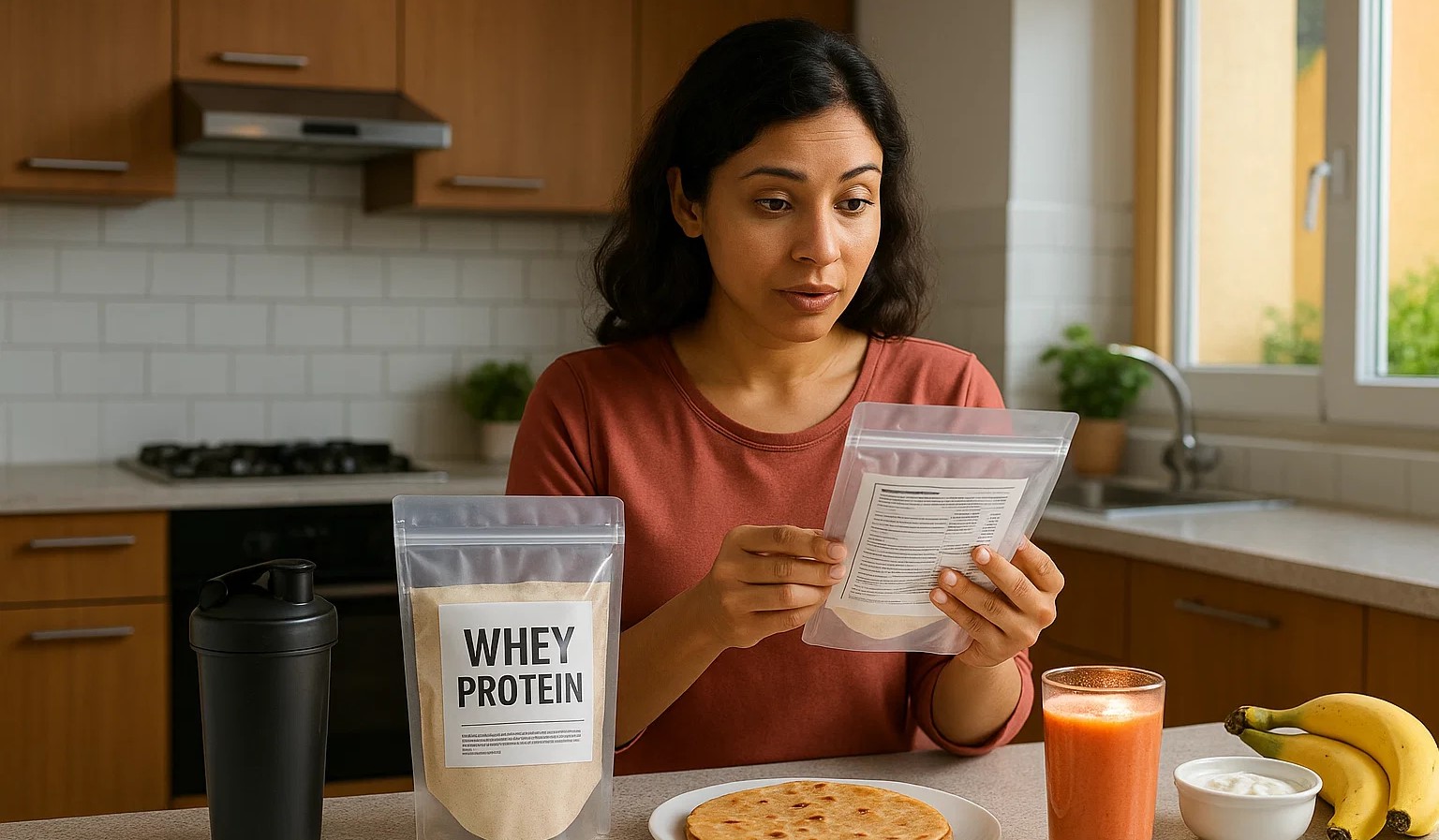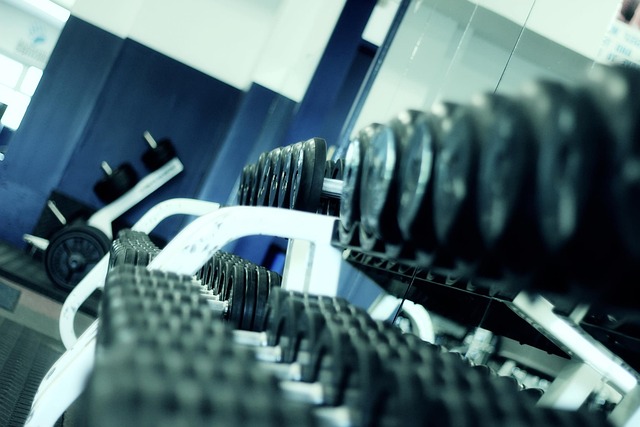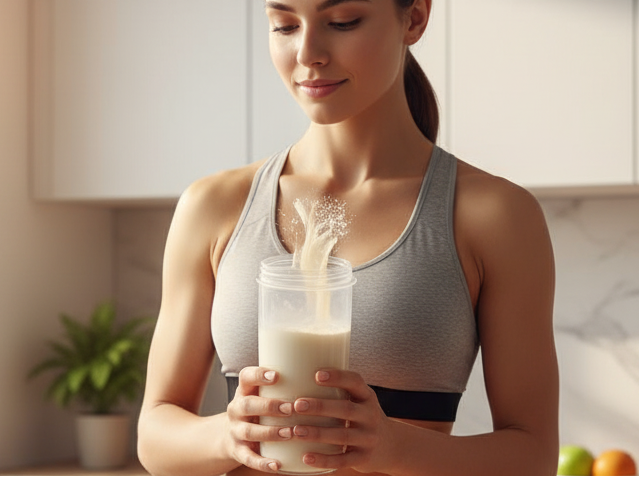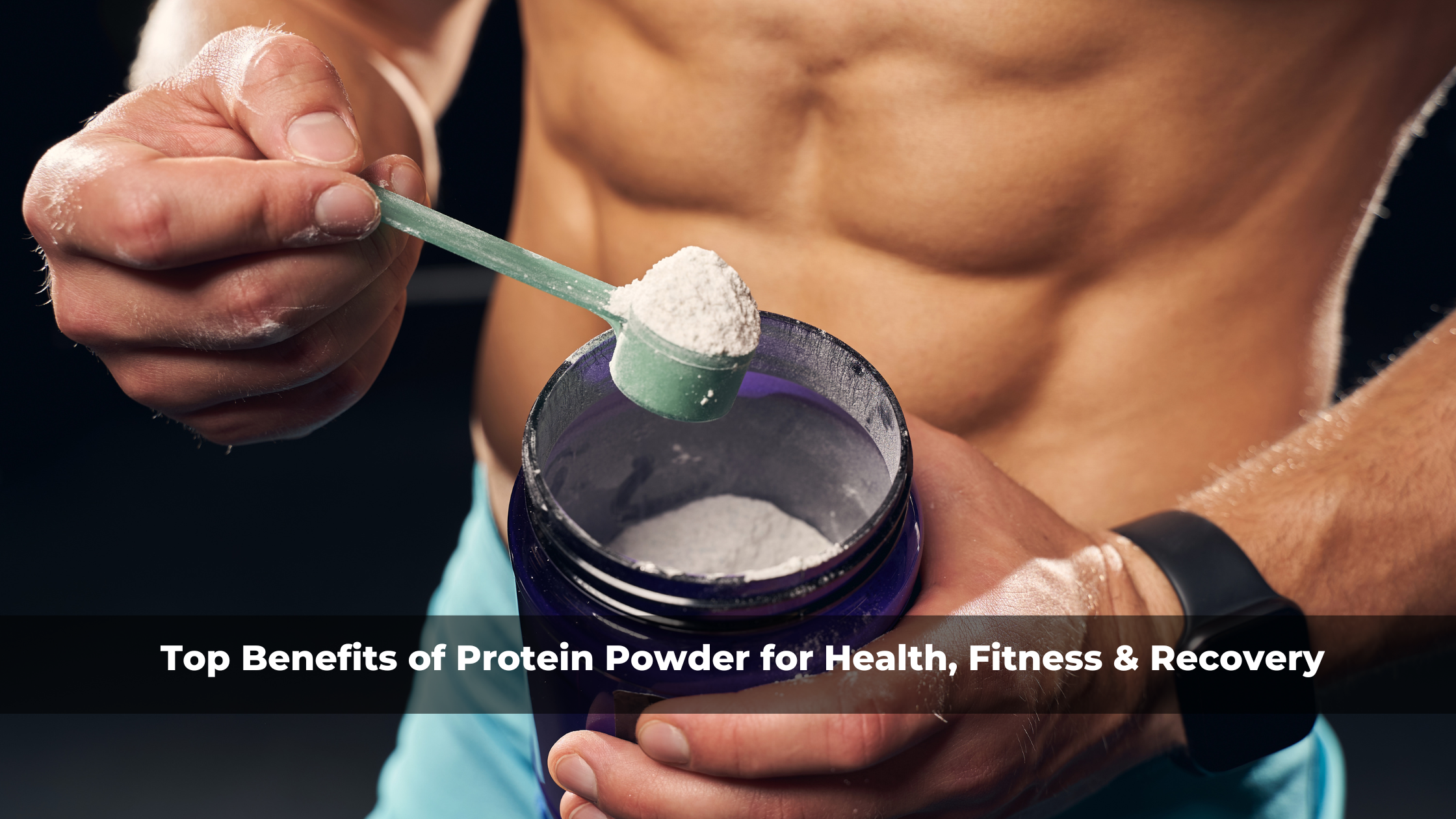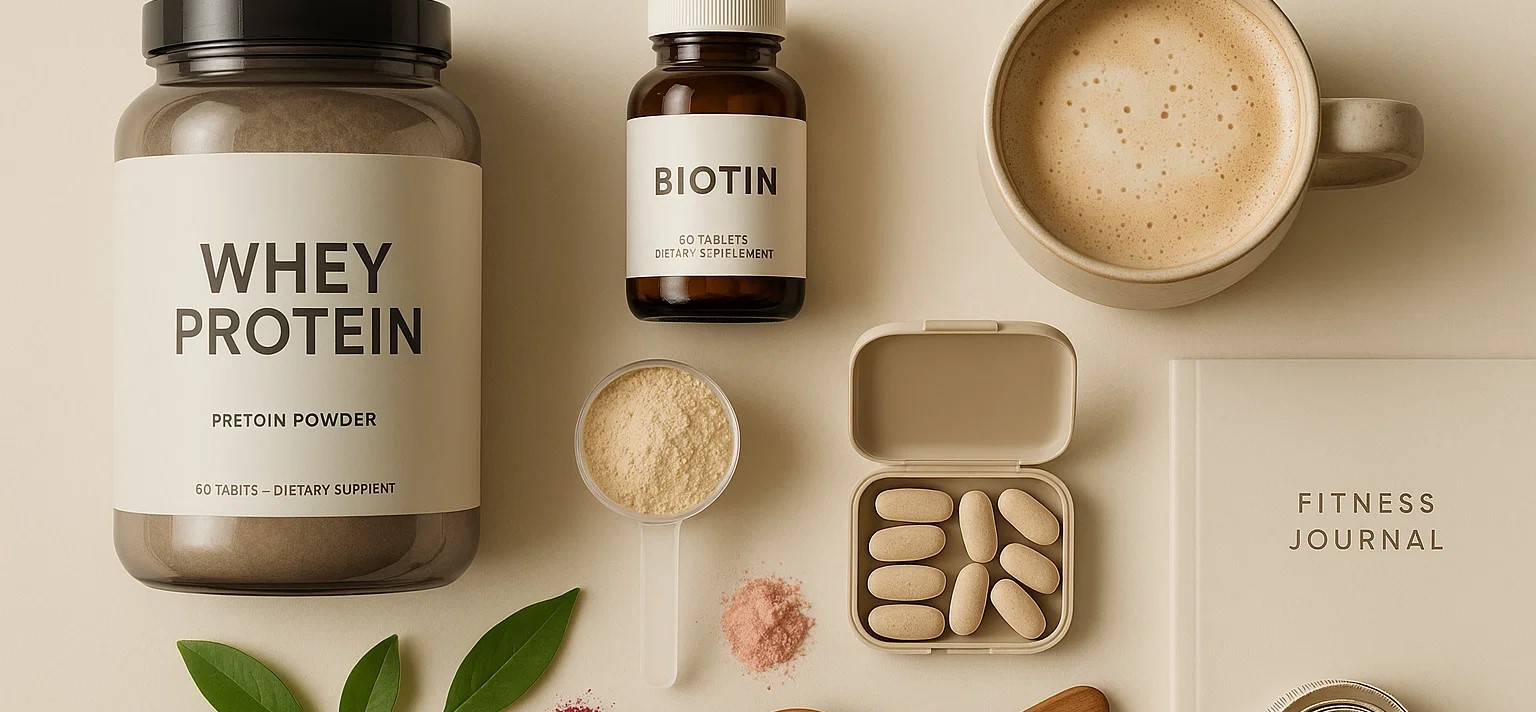Whey Protein in India: Why Parents Hesitate and What They Should Know
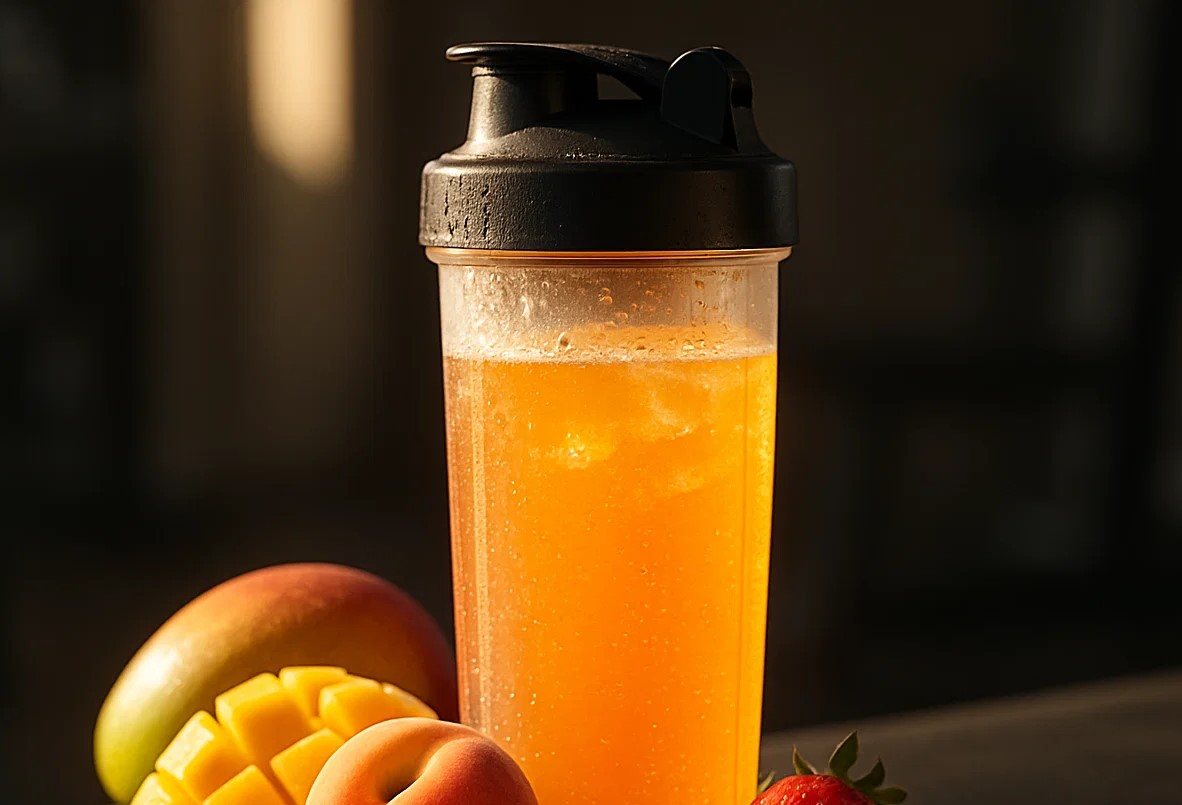
Strong 8k brings an ultra-HD IPTV experience to your living room and your pocket.
1. Introduction — The Kitchen Conversation That Starts It All
It usually starts in the kitchen.
Your scoop of whey protein lands on the counter and suddenly, mom freezes mid-chop:
"Beta… yeh kya hai? Yeh to steroids hote hain na?"
✍️ If you’re trying to lose weight without sacrificing energy, adding whey protein to your meals can make a difference. Learn how it helps curb hunger, boosts metabolism, and keeps you fuller for longer in our complete guide.
In 2025, whey protein has become a ₹1,200+ crore industry in India (Statista, 2024), yet acceptance at home hasn't caught up. The gap? Myths, half-truths, and a lack of accessible science.
This article — brought to you by Only What's Needed in collaboration with Food Pharmer — clears the air once and for all.
2. Why Indian Parents Still Hesitate
Let's face it: our parents grew up in a food culture where milk, curd, and paneer were the “holy trinity” of protein. Anything packaged, especially powder, is seen with suspicion.
But in truth, whey protein is simply concentrated milk protein, separated from the fat and carbs. No mystery, no steroids, just science.
3. The Top Myths — And The Science That Busts Them
Myth 1: “It will damage kidneys or liver.”
The truth:
Unless you have pre-existing kidney or liver disease, normal whey consumption is safe. Studies from the National Institutes of Health show that 0.8–2.0g protein per kg body weight is safe for healthy adults.
Risk? Only if you already have chronic illness or consume extreme amounts without medical guidance.
Myth 2: “Whey protein is a steroid.”
The truth:
Steroids = synthetic hormones.
Whey = milk protein.
One builds muscle through hormonal manipulation (illegal without prescription), the other simply supplies amino acids your body already uses daily.
Myth 3: “Stopping whey will make you weak.”
The truth:
Muscle is maintained by training + nutrition. If you stop exercising or eat less protein, muscle loss occurs — regardless of whey.
Myth 4: “It causes pimples or acne.”
The truth:
Some people sensitive to dairy may see breakouts. Switching to whey isolate (low lactose) or clear whey often removes this issue.
Myth 5: “Just drink more milk or eat more paneer.”
The truth:
Here's the math:
| Food Item | Protein per 100g | Calories | Lactose Content | Cost (₹) per 25g Protein |
|---|---|---|---|---|
| Whey Isolate | 25g | 110 | Low | ₹70 |
| Milk | 3.2g | 60 | High | ₹150 (1L) |
| Paneer | 18g | 265 | Medium | ₹140 |
| Dahi (Curd) | 3.1g | 61 | Medium | ₹160 |
Myth 6: “What will happen after 10–15 years?”
The truth:
Whey has been consumed in the West for over 30 years without adverse long-term effects in healthy people. It's classified as safe by FSSAI, FDA, and EFSA.
Myth 7: “Gym trainer bhaiya just wants to sell it.”
The truth:
Some trainers do push products for commission — but the solution is education, not avoidance. Follow certified nutritionists, credible sources, and transparent brands like Only What's Needed.
4. Why Whey Protein Works for the Indian Lifestyle
-
Time-efficient: One shake = hours of cooking saved.
-
Customizable: Blend into smoothies, roti dough, or oats.
-
Portion control: No overeating to hit protein goals.
-
Budget-friendly: Cheaper per gram of protein than most whole foods.
5. The Numbers Speak
-
60% of urban gym-goers in India use whey protein regularly (Business Insider, 2023).
-
Whey is the #1 researched supplement in sports nutrition (PubMed, 2024).
-
Over 1,000+ peer-reviewed studies confirm its benefits for muscle, weight, and recovery.
6. Whey Protein vs Plant Protein vs Whole Foods — Quick Table
| Feature | Whey Protein | Plant Protein | Whole Foods |
|---|---|---|---|
| Protein Quality (PDCAAS) | 1.0 (highest) | 0.7–0.9 | Varies |
| Absorption Speed | Fast | Medium | Slow |
| Lactose Content | Low/None (Isolate) | None | Medium |
| Cost per 25g Protein | ₹70 | ₹80–₹110 | ₹140–₹200 |
| Versatility | High | High | Medium |
7. How to Introduce Whey to Skeptical Parents
-
Show them the label — Milk-derived, no steroids.
-
Compare nutrition — Demonstrate cost and convenience.
-
Start small — Add half-scoops to recipes they like.
-
Choose trusted brands — Like Only What's Needed with full transparency.
8. FAQ — Keyword Optimized
Q1: Is whey protein safe for teenagers?
Yes, under adult supervision and if dietary needs require it.
Q2: Does whey protein cause kidney damage?
No, unless you already have kidney disease.
Q3: Can I replace meals with whey protein?
No — it supplements, not replaces, whole foods.
Q4: Is whey protein better than milk?
For concentrated protein and fewer calories, yes.
Q5: Does whey protein cause hair loss?
No direct link exists — hair loss is more related to genetics, stress, and hormones.
9. Authoritative References
-
National Institutes of Health — Whey Protein Safety
-
Statista — Indian Whey Protein Market
-
FSSAI Protein Guidelines
10. Internal Linking Suggestions
-
Link to “What is Whey Isolate?”
-
Link to “Clear Whey vs Regular Whey”
-
Link to “Protein Needs for the Indian Diet”
11. Call-to-Action
If you're ready to leave the myths behind, choose Only What's Needed whey — clean, tested, and parent-approved.
Visit our [Product Page] to see why India's most trusted nutrition voices recommend us.
Note: IndiBlogHub features both user-submitted and editorial content. We do not verify third-party contributions. Read our Disclaimer and Privacy Policyfor details.



